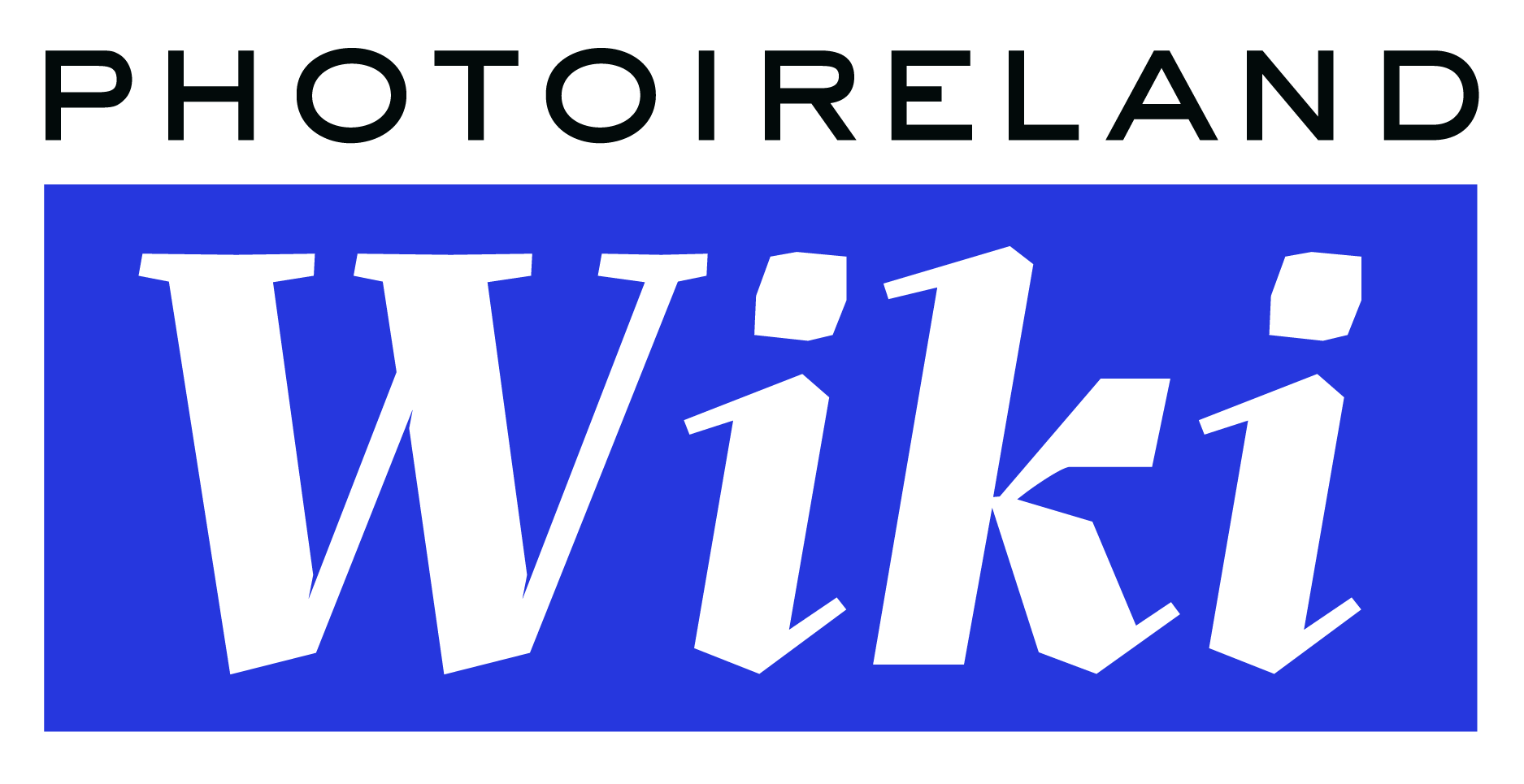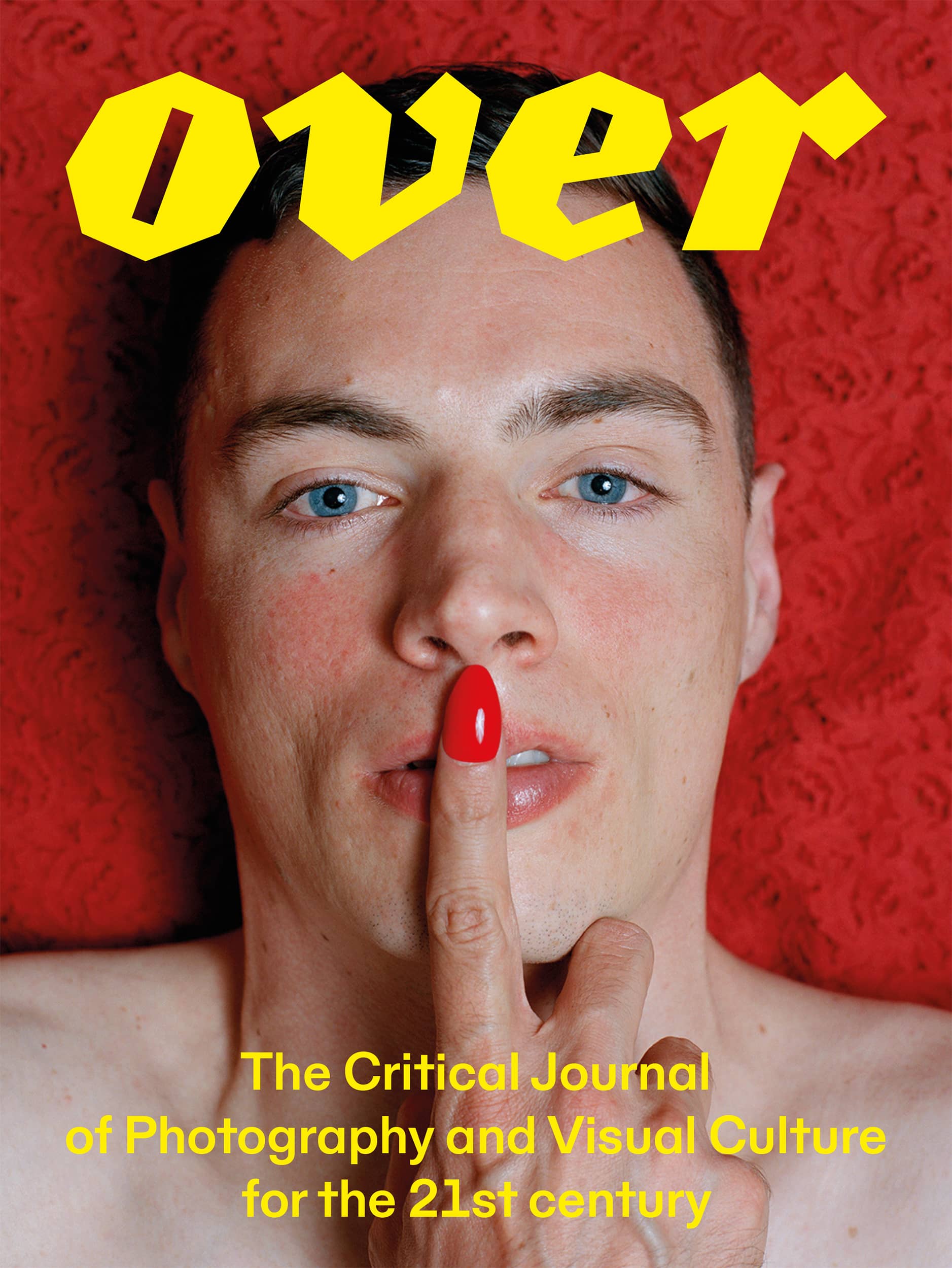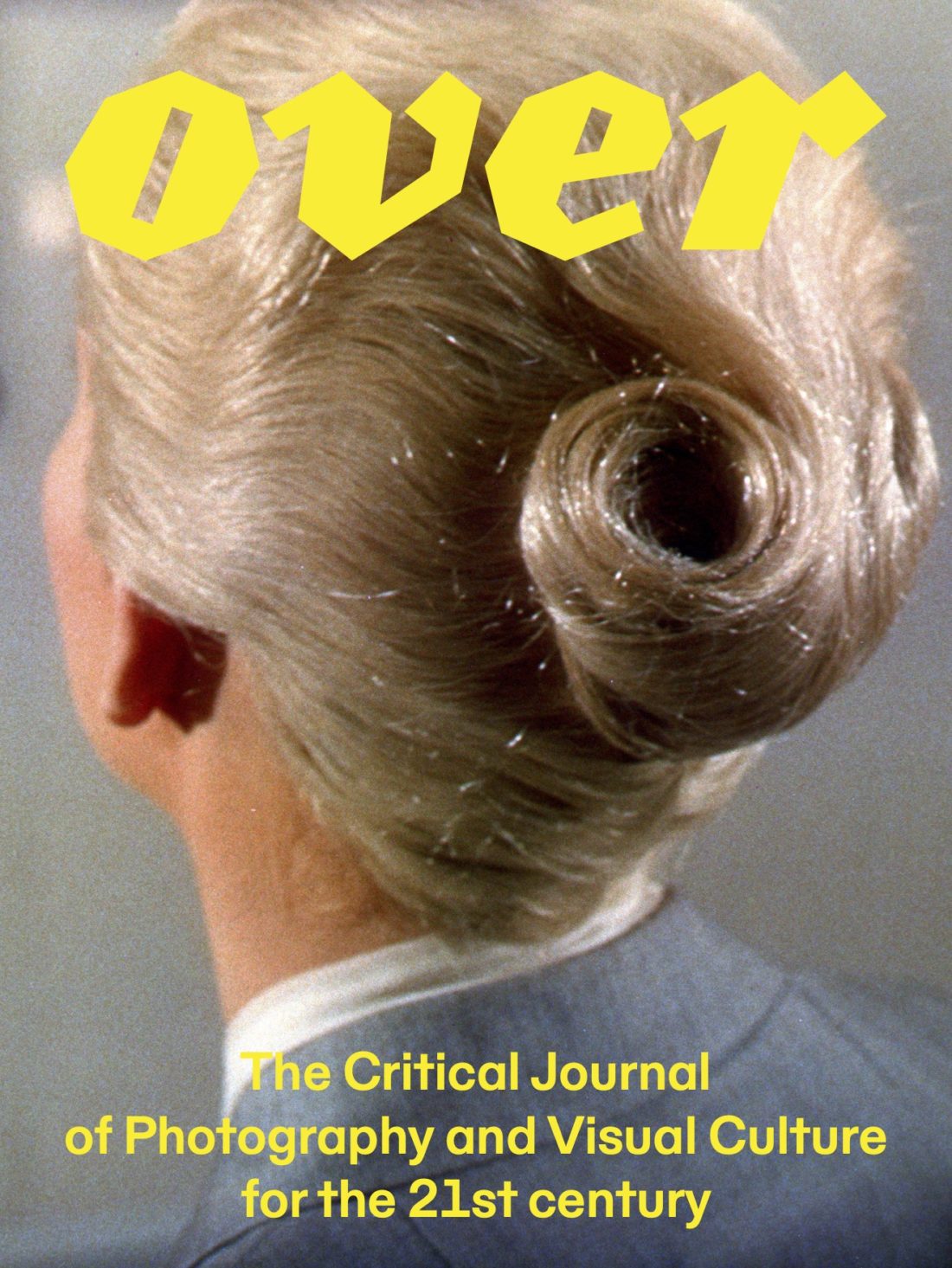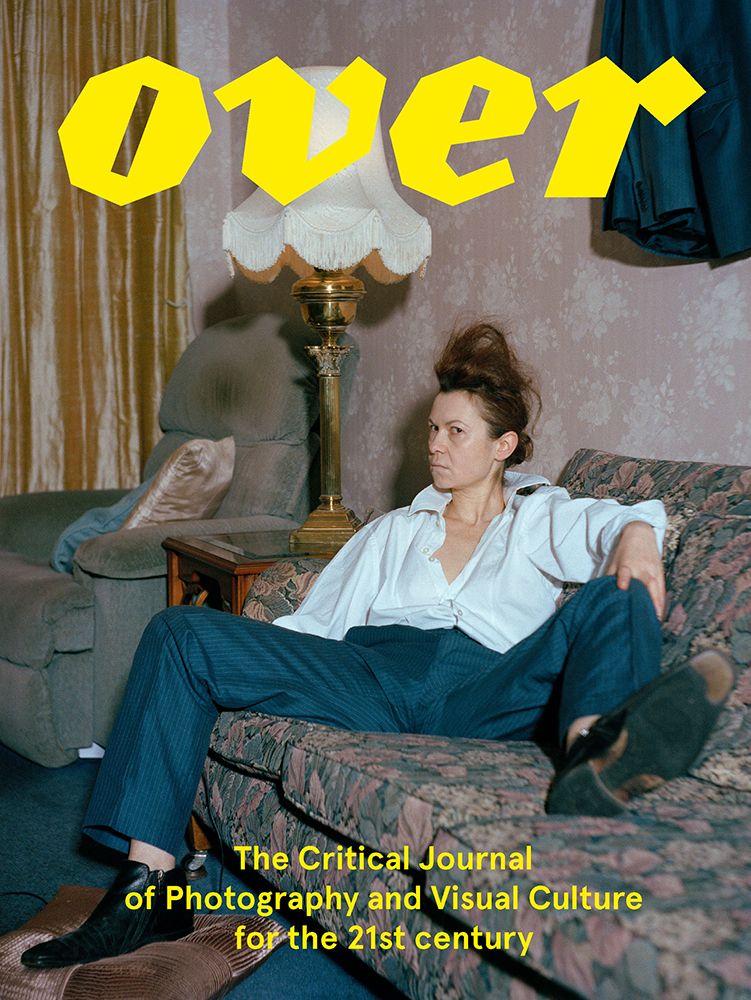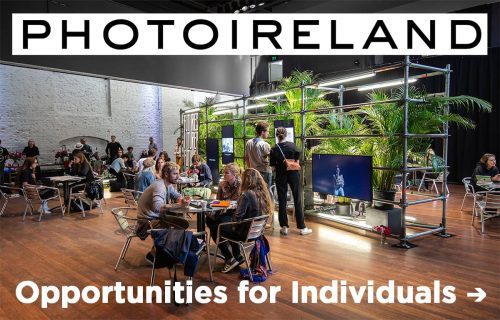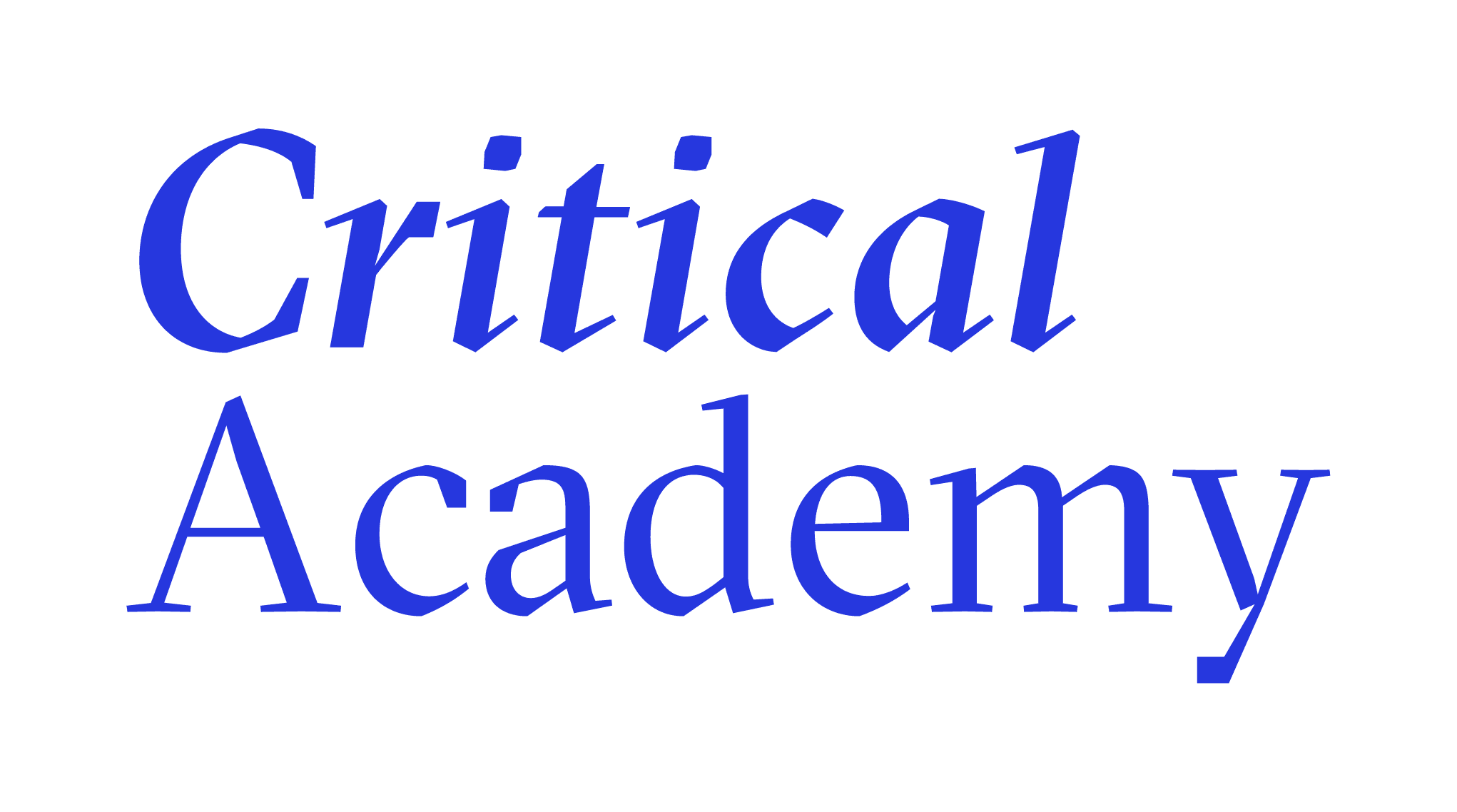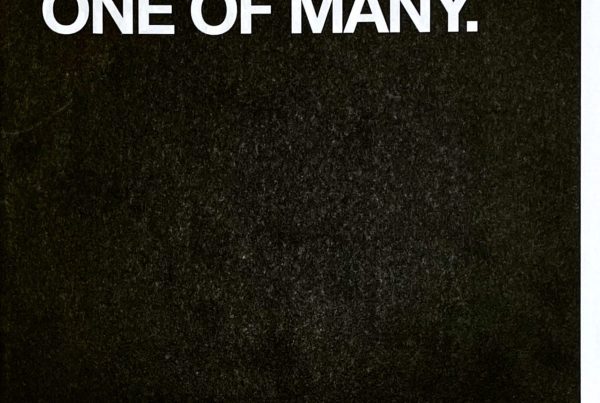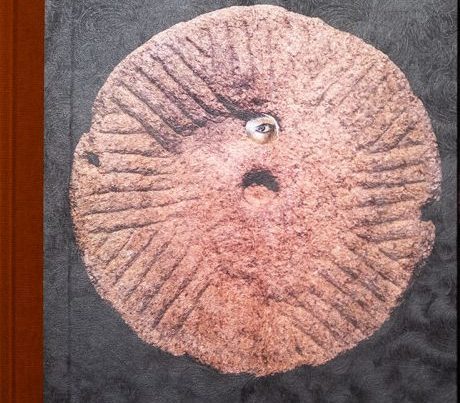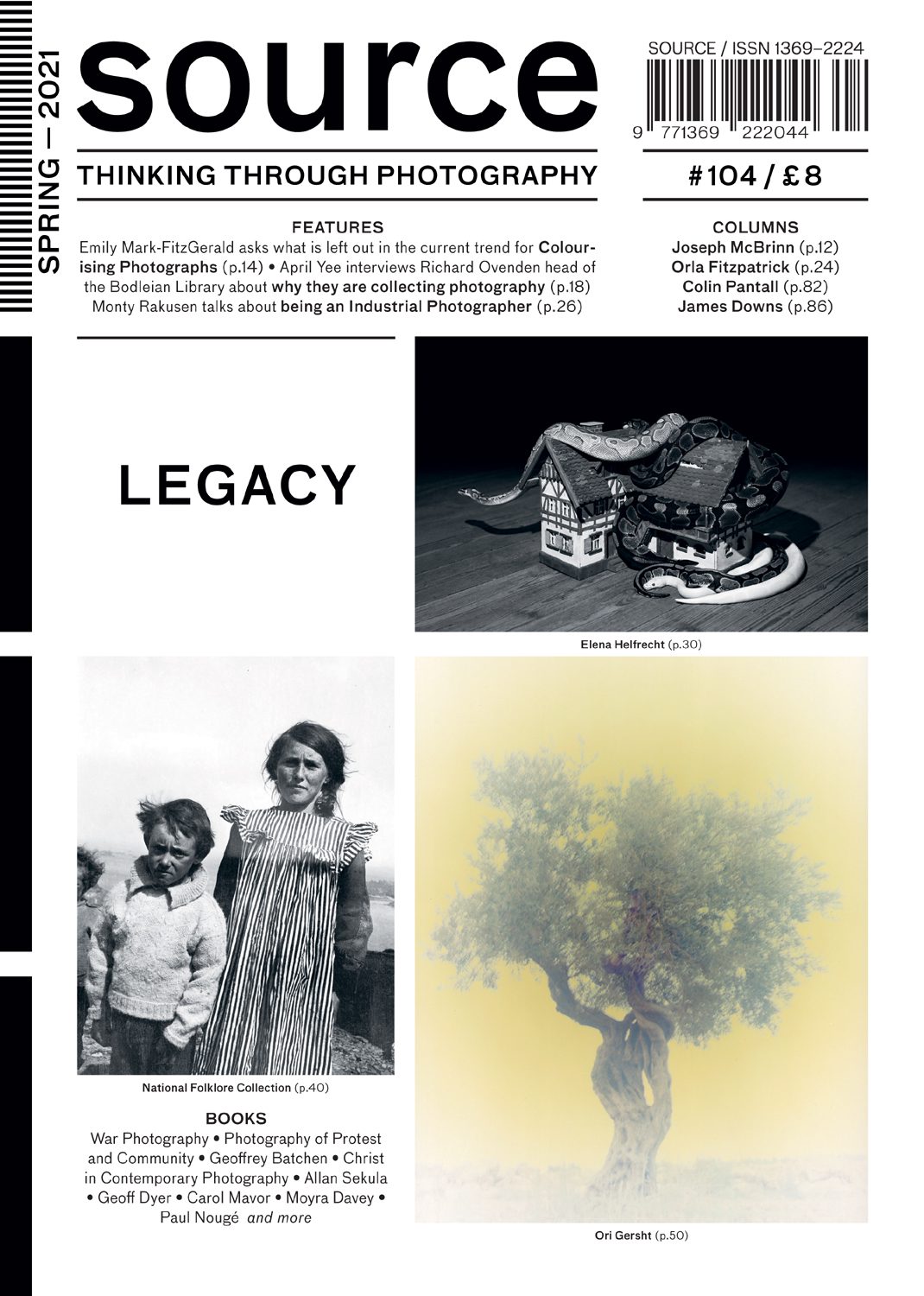

Cover
Source
Autumn 2021: Issue 106
English
Edited by John Duncan and Richard West.
Softcover
86 pages
310 x 220 mm
2021
ISSN 13692224
From the moment a photograph is made and a small part of the past lingers into the ongoing present, a question is posed as to what is going to be done with it. Photographs form both a material legacy and one of meaning. A librarian like Richard Ovenden has to look after his old photographs, for example to prevent Fox Talbot’s first experiments fading from view, but also to see how they relate to other knowledge. As he says to April Yee about the work he has recently added to the Bodleian library collection, this is part of a ‘great enterprise’ that extends beyond the life of any individual.
About the Artists
The current trend for colourising old photographs is another example of the way physical objects are heedlessly transmuted into pixels. As Emily Mark-FitzGerald writes, something important is lost when a colourful, dimensionless image is substituted for a tiny fragile sheet of old mottled paper.
Elena Helfrecht grew up in the Bavarian countryside and the folklore and landscapes from her childhood continue to influence her work. Following her grandmother’s death, she returned to the family estate and collaborated with her mother to research and produce scenes for the camera using the house and its archive as “stage and protagonists for an allegoric play”. The resulting work explores the influence of the family in shaping collective memory and “the silences and obliterations in the transmission of family legacy”. The objects and architecture of the house becomes a gateway connecting the past and the present, and a way to examine the impact of inherited trauma alongside a consideration of how our actions in the present will influence future generations.
The Irish Free State established the Irish Folklore Commission at University College Dublin in 1935 proving an important resource for the process of nation building common in the development of cultural nationalism in Europe. Now designated The National Folklore Collection it has built up an archive that includes around 80,000 photographs. While the process of digitising the collection is ongoing, the majority of the images in the photographic collection have been indexed to facilitate the work of researchers. For our regular feature on photographic archives Caoimhín Mac Giolla Léith has been looking through it and examining how it is organised and to what purpose.
Ori Gersht is interested in reordering the past in the present. In his new work he has been working with postcard imagery from historic museum collections and considering how these collections are defined and the way their historical story is being narrated. The work builds on an approach he has taken before: methodically creating scenes that are then violently destroyed in front of the camera. Gersht repeatedly uses this tension between creation and destruction in order to discover something new. In our retrospective interview Declan Long talks to the photographer about the new work and his engagement with historical events in previous projects.
About the Publisher
Source is a quarterly photography magazine, available in print and as a digital edition, published in Belfast, Northern Ireland. They publish emerging photographic work and engage with the latest in contemporary photography through news, thoughtful features and reviews of the latest exhibitions and books from Ireland and the UK. Their website brings together an archive of writing and pictures from the magazine alongside current features.[/note]https://www.source.ie/main/about.php 1
